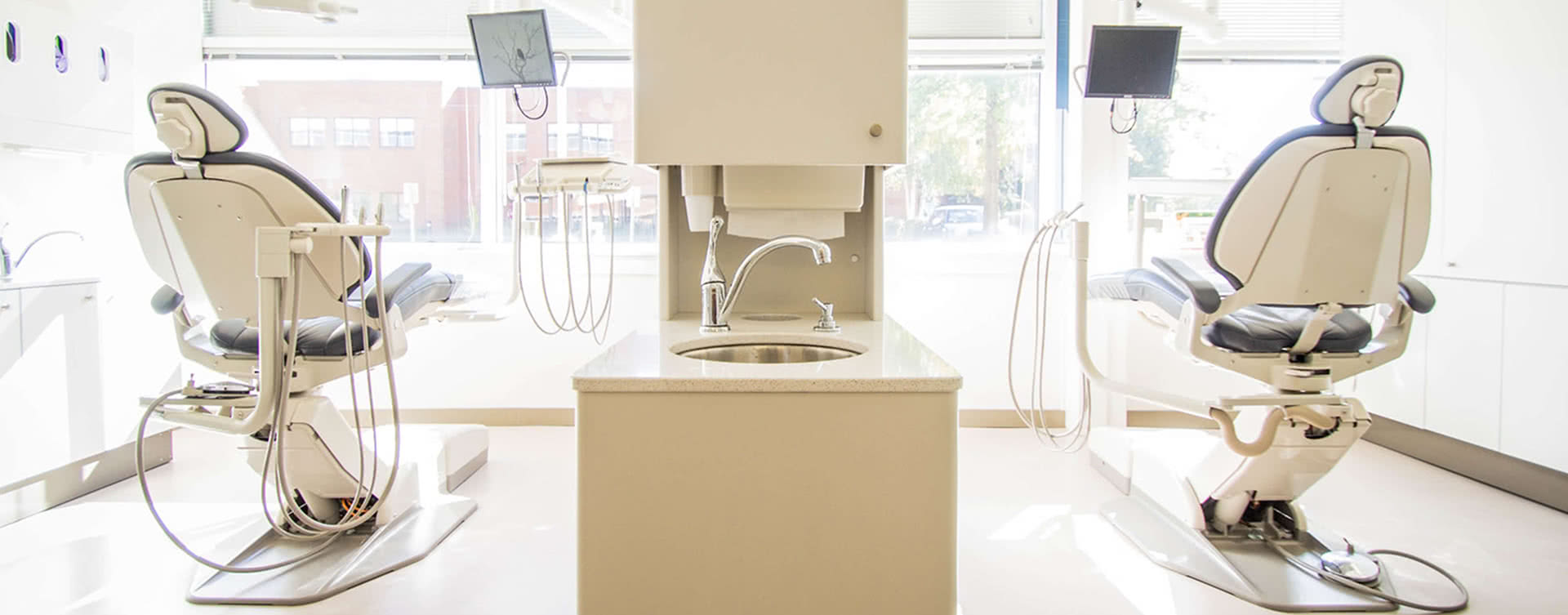
Gloves protect from direct contact of a microorganism and indirectly from a contaminated surface. Healthcare workers (HCWs) should wear disposable gloves during all patient care activities where there is a potential to be exposed to different hazards—such as contact with saliva, blood and mucous membranes. They should also be wearing gloves when handling items or surfaces contaminated as well as infectious materials and/or sharps. Healthcare workers should be provided with appropriate gloves to meet the needs for their protection.
The type of glove selected is based on a risk assessment of the anticipated task and exposures. Glove material, durability, quality, thickness and fit varies. The risk assessment and criteria for selection should be based on the setting, likelihood of exposure to blood/bodily fluids, anticipated length of use, stress that will be placed on glove, penetration time of substances and need for optimal tactility. HCW’s also need to be aware of potential allergens and irritant contact dermatitis. The gloves need to be tested against the drug that is being administered. For example, chemotherapy tested gloves have been approved to prevent against cytotoxic agent penetration. (PHO, 2019).
While there are several types of gloves and materials, we will focus on the most popular—nitrile, latex, vinyl, neoprene and utility (puncture resistant). Latex gloves are made from a natural rubber, derived from trees. They provide great comfort, dexterity, work well with biological and water-based materials and are cost-effective. However, latex can be allergen for some people, and it can also be difficult to detect puncture holes on these gloves.
Nitrile gloves are made from a synthetic rubber and are the most popular among HCWs. As being latex-free, nitrile is superior for wearing for extended periods of time, most puncture resistant, easy to detect holes and are great for solvents, oils, greases and provide great resistance to many chemicals.
Neoprene gloves are very similar to nitrile, as derived from a synthetic rubber. They offer protection against acids, bases, alcohol and other peroxides and hydrocarbons.
Vinyl gloves are made from synthetic materials (PVC) and provide minimal protection and must be used for short durations only. Utility/puncture resistant gloves are usually nitrile material and are recommended for reprocessing and sterilization procedures but, these come with many guidelines for correct use. When choosing gloves for reprocessing, ensure gloves are long enough to cover wrists and forearms; are of sufficient weight and thickness to be highly tear-resistant; and allow adequate dexterity of the fingers. For this type of procedure, disposable gloves are recommended. If reusable gloves are used, they must be decontaminated daily, inspected for tears and holes and be dedicated to a specific individual.1,2 (CSA Standard Z314-2018)
Here are some other facts that are important to be reminded of: disposable gloves are single use only and must be changed in between each patient. Gloves must fit correctly (not too big with loose material or too tight) and selection must be based on procedure and task to be performed. While non-sterile gloves can be used for most procedures, sterile surgical gloves should be worn during invasive surgical procedures. Remember to check if the gloves are compatible with specific chemicals and refer to the manufacturer for details on quality levels.
http://www.supermaxcanada.com/gloves/chemical-resistance-chart/
To know more about Aurelia Gloves Canada, follow us on social media, visit our website and subscribe to our newsletter to stay up to date with company news and blog articles.
Resources:
Ontario Agency for Health Protection and Promotion (Public Health Ontario). (2020). Glove Selection Guide. Toronto, ON: Queen’s Printer for Ontario; 2020.
Ontario Agency for Health Protection and Promotion (Public Health Ontario). (2020). Recommendations for the Prevention, Detection and Management of Occupational Contact Dermatitis in Health Care Settings. Toronto, ON: Queen’s Printer for Ontario; 2019.
Ontario Agency for Health Protection and Promotion (Public Health Ontario). Provincial Infectious Diseases Advisory Committee. Best practices for cleaning, disinfection and sterilization of medical equipment/devices. 3rd ed. Toronto, ON: Queen’s Printer for Ontario; May 2013.
https://ehs.berkeley.edu/workplace-safety/glove-selection-guide
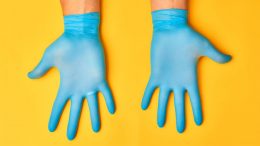
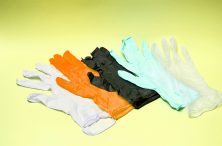

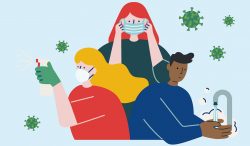




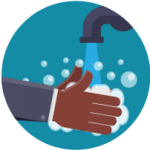









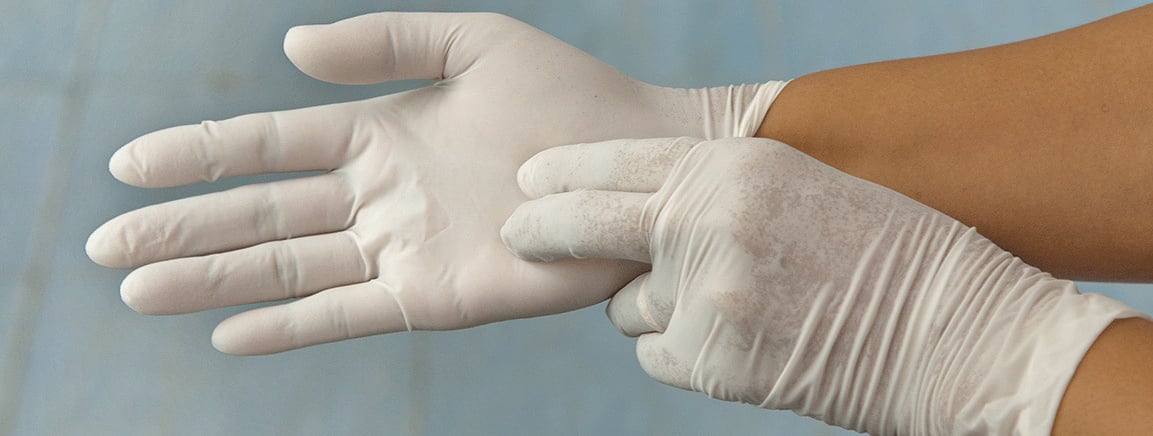


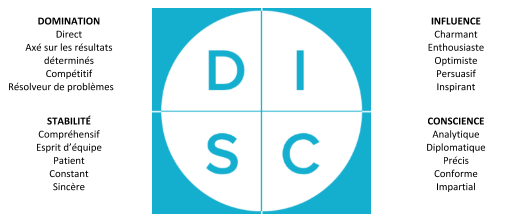


 To understand where the nitrile comes from, we have to go back to 1782, in the laboratory of the German-Swedish chemist Carl Wilhelm Scheele. A prominent figure in the history of chemistry, Scheele is known to have notably discovered several chemical elements and compounds, such as citric acid and glycerin, but it is his synthesis of hydrogen cyanide, nearly 80 years after his discovery, which interests us here because it is the first member of the family of nitriles.
To understand where the nitrile comes from, we have to go back to 1782, in the laboratory of the German-Swedish chemist Carl Wilhelm Scheele. A prominent figure in the history of chemistry, Scheele is known to have notably discovered several chemical elements and compounds, such as citric acid and glycerin, but it is his synthesis of hydrogen cyanide, nearly 80 years after his discovery, which interests us here because it is the first member of the family of nitriles.
